Water Scarcity Concerns
Water scarcity is becoming an increasingly pressing issue in many regions of the US, driving the demand for efficient irrigation solutions. The sprinkler irrigation-systems market is responding to this challenge by offering technologies that optimize water usage. With approximately 40% of the US's freshwater supply being used for irrigation, the need for systems that minimize waste is paramount. As drought conditions become more frequent, farmers are turning to sprinkler systems that provide precise water application, thereby conserving resources. This heightened awareness of water scarcity is likely to propel the growth of the sprinkler irrigation-systems market, as stakeholders seek sustainable solutions to ensure agricultural viability.
Increasing Agricultural Productivity
The need for enhanced agricultural productivity is a primary driver in the sprinkler irrigation-systems market. As the demand for food continues to rise, farmers are increasingly adopting advanced irrigation systems to optimize crop yields. In the US, the agricultural sector has seen a shift towards precision farming, where sprinkler systems play a crucial role. Reports indicate that the adoption of modern irrigation techniques can increase crop yields by up to 30%. This trend is likely to continue, as farmers seek to maximize their output while minimizing water usage. The sprinkler irrigation-systems market is thus positioned to benefit from this growing emphasis on productivity, as more agricultural stakeholders recognize the value of efficient irrigation solutions.
Technological Integration in Agriculture
The integration of technology in agriculture is significantly influencing the sprinkler irrigation-systems market. Innovations such as smart irrigation controllers and IoT-enabled systems are transforming traditional practices. These technologies allow for real-time monitoring and automated adjustments based on weather conditions and soil moisture levels. In the US, the market for smart irrigation systems is projected to grow at a CAGR of 15% over the next five years. This technological evolution not only enhances efficiency but also reduces operational costs for farmers. As agricultural practices continue to modernize, the sprinkler irrigation-systems market is likely to see increased adoption of these advanced solutions.
Government Incentives for Sustainable Practices
Government initiatives aimed at promoting sustainable agricultural practices are a significant driver for the sprinkler irrigation-systems market. Various federal and state programs offer financial incentives for farmers to adopt water-efficient technologies. For instance, the USDA has implemented grants and cost-sharing programs that encourage the installation of advanced irrigation systems. These incentives can cover a substantial portion of the installation costs, making it more feasible for farmers to invest in sprinkler systems. As awareness of environmental sustainability grows, the sprinkler irrigation-systems market is expected to benefit from these supportive policies, fostering a shift towards more responsible water management.
Rising Consumer Awareness of Sustainable Agriculture
Consumer awareness regarding sustainable agricultural practices is increasingly influencing the sprinkler irrigation-systems market. As consumers demand more environmentally friendly products, farmers are compelled to adopt practices that align with these values. The trend towards organic and sustainably sourced food is prompting agricultural producers to invest in efficient irrigation systems that reduce water usage and minimize environmental impact. In the US, surveys indicate that over 60% of consumers are willing to pay a premium for sustainably produced food. This shift in consumer preferences is likely to drive the adoption of sprinkler irrigation systems, as farmers seek to meet market demands while ensuring sustainable practices.


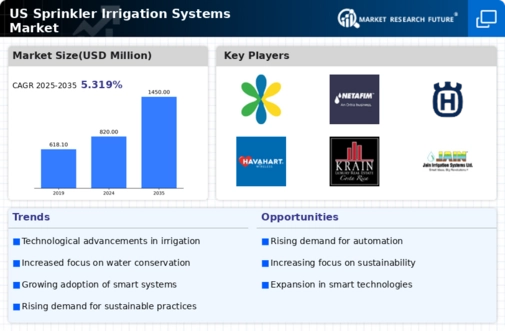
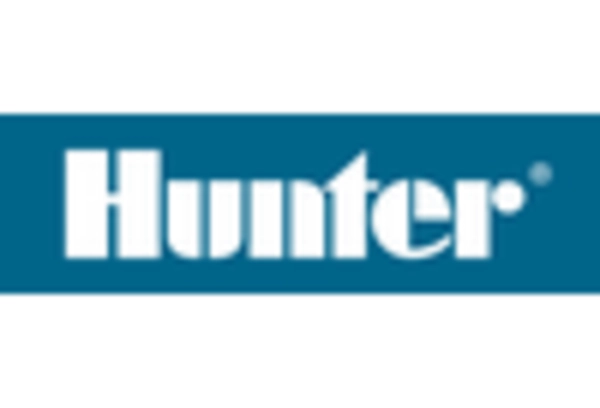
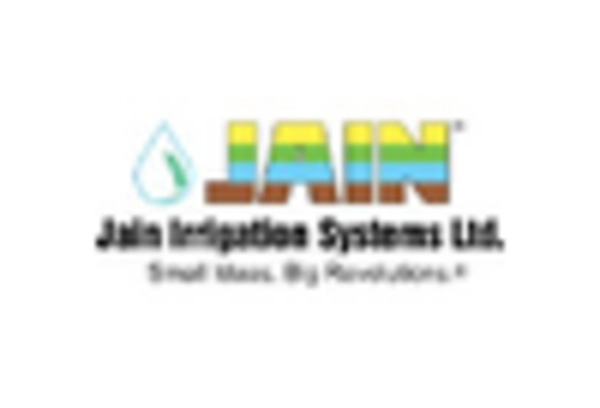

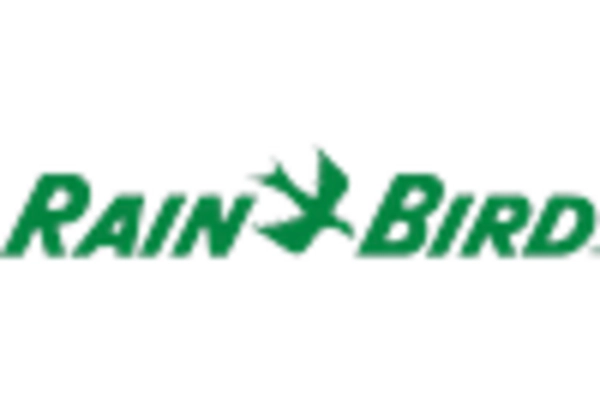
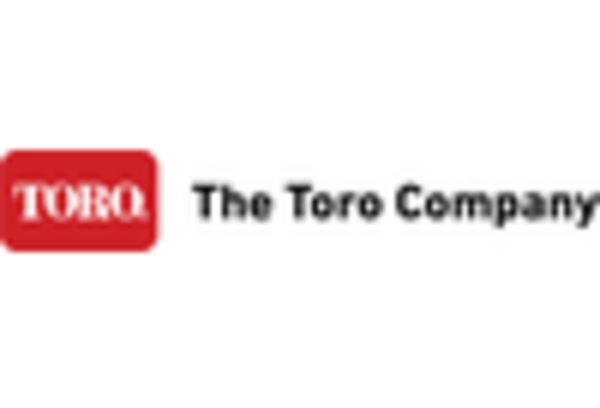
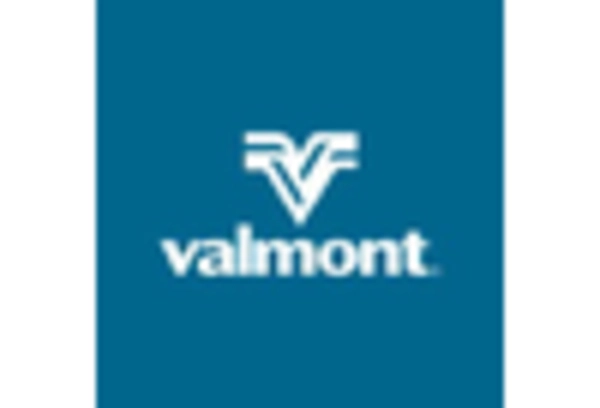








Leave a Comment